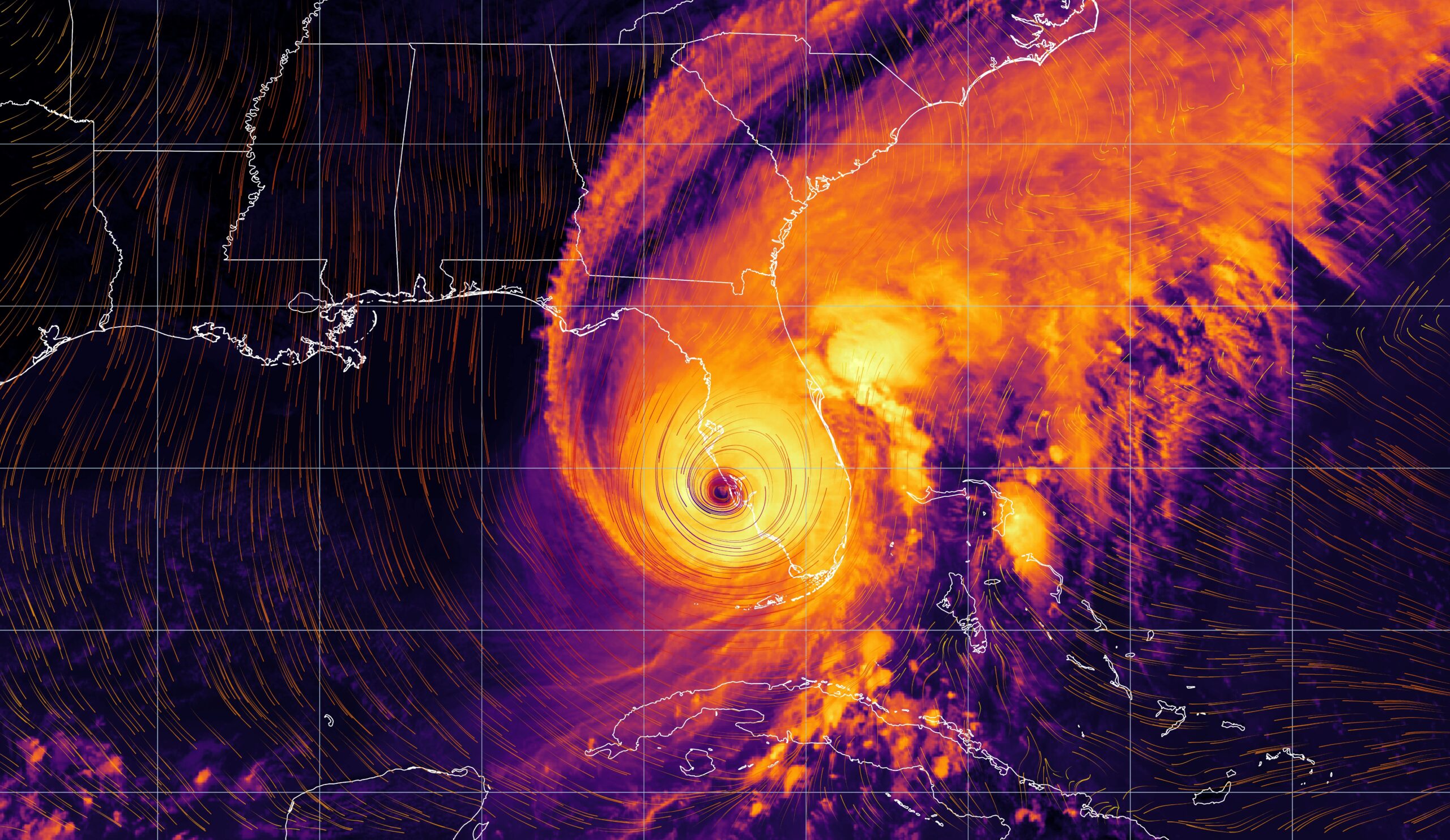
One year after Hurricane Ian, Florida’s focus has been on the importance of building resilience, especially in roofing. Updated building codes, which emphasize stronger attachment methods and water-resistant coatings for roofs, have proven effective. Homes with roofs built or replaced after 2015, when these codes were updated, showed significantly less damage compared to older constructions. This highlights the critical role of adhering to modern building standards for better hurricane preparedness and recovery.
In Tampa, Florida, Steve Poisall’s decision to replace his roof in 2020 significantly increased his home’s hurricane resilience. FEMA’s analysis post-Hurricane Ian in 2022 revealed that homes with roofs constructed after 2015, when stricter building codes were implemented, fared much better. These codes mandated stronger roof attachments and water-resistant coatings. FEMA’s study showed that 90% of asphalt roofs installed before 2015 suffered severe damage, in contrast to 28% post-2015. Older metal roofs did better, with 79% undamaged, compared to just 10% of older asphalt roofs.
FEMA on Ian
For Floridians, Hurricane Ian’s impact was unprecedented, carving a path of devastation from Fort Myers through Central Florida to Daytona Beach. A year on, Florida’s resilience shines as recovery efforts, bolstered by federal, private, and voluntary support, continue.
To date, the federal government has contributed a significant $8.69 billion in aid, including:
- FEMA’s provision of $1.13 billion in grants, benefiting over 386,000 households across 26 counties.
- The U.S. Small Business Administration’s approval of $1.94 billion in disaster loans for homeowners, renters, and businesses.
- The National Flood Insurance Program’s payment of $4.38 billion for over 47,300 claims.
- FEMA’s allocation of more than $1.26 billion to reimburse state and local entities for emergency responses, debris removal, and the repair or replacement of public facilities.
On September 28, 2022, Ian escalated to a Category 4 hurricane in the Gulf of Mexico, with winds peaking at 155 mph. Making landfall near Cayo Costa in Lee County, Ian matched the record for the fifth-strongest U.S. hurricane, with sustained winds of 150 mph. It was Florida’s most severe hurricane since Michael in 2018 and the first Category 4 to hit Southwest Florida since Charley in 2004. NOAA estimates Ian’s damage at $115 billion, ranking it as the third most expensive U.S. cyclone, following Katrina and Harvey.
Ian’s storm surge, reaching 12 to 18 feet above ground level along the southwest Florida coast, prompted President Joseph R. Biden, Jr. to declare a major federal disaster, enabling FEMA’s coordinated response. Over 5,000 federal employees were involved in the response and recovery efforts.
Brett Howard, Federal Coordinating Officer, emphasized the commitment to Florida’s recovery: “Our initial focus was on emergency response, including a massive debris removal effort. We’ve provided rental assistance, funds for basic repairs, and hotel stays for those struggling to find rental properties. We’re also offering longer-term housing solutions like travel trailers and mobile homes, and working with communities to fund the repair or replacement of public facilities. This is a long-term operation.”
FEMA’s Efforts
- Rental assistance and basic home repair funds for 386,000 Florida households.
- Temporary hotel stays for over 4,500 families, with most finding alternative accommodations.
- Provision of FEMA temporary housing to more than 1,360 households.
FEMA expedited debris removal in the hardest-hit areas by waiving certain application processes, significantly reducing the timeline. Advanced technologies like geospatial information systems were employed to hasten damage assessments and home inspections.
FEMA operated 57 Disaster Recovery Centers with 138,000 survivor visits and sent Disaster Survivor Assistance teams to over 354,600 homes. The U.S. Small Business Administration also set up six Business Recovery Centers and two Loan Closing Centers.
More than 670 voluntary organizations have provided cleanup, financial, housing, mental health, and other support since the hurricane’s landfall. The Unite Florida online recovery portal offers additional resources.
Federal agencies, including the U.S. Army Corps of Engineers, Department of Health and Human Services, Department of the Interior, U.S. Department of Agriculture, U.S. Environmental Protection Agency, and the U.S. Small Business Administration, have collaborated with local and state leaders, providing resources to aid community recovery and future disaster resilience.
Howard assures, “We’ll be here until the job is done,” reflecting the ongoing commitment to Florida’s recovery and rebuilding efforts.
